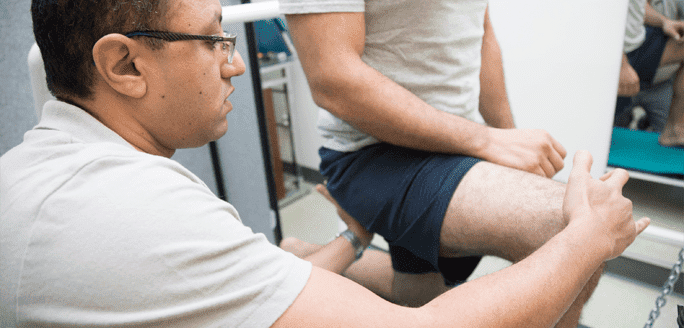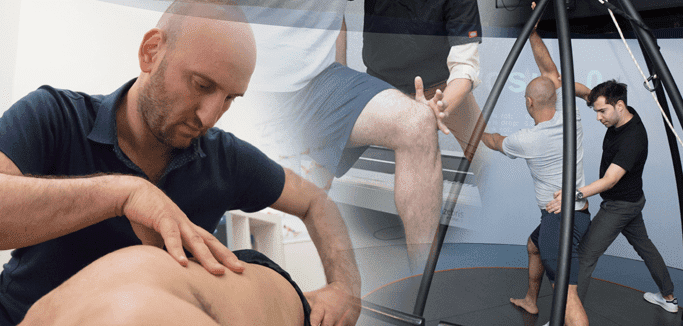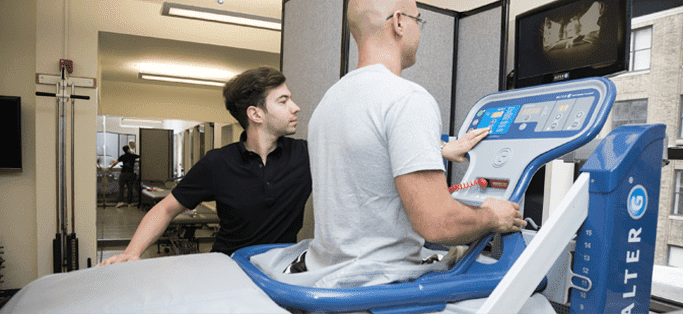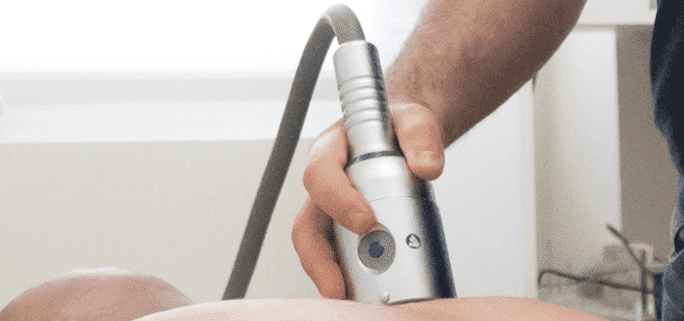New York Dynamic Neuromuscular Rehabilitation & Physical Therapy

Hamstring strains are common sports ailments. Many times, problems occur after previous strains. It is important to learn how Nordic hamstring exercises can prevent and help in the healing of these types of strains. Reasons to Perform Nordic Hamstring Exercises The best way to a solid routine, a person can improve movement and function and […]
Read More
A disorder affecting the elbows and causing 4 percent of cases involving suspected lateral epicondylalgia, radial tunnel syndrome, or RTS, is a painful condition that athletes experience more frequently than others. Correctly assessing and diagnosing RTS is particularly challenging because there are several alternative diagnoses that clinicians must rule out. After it has been diagnosed, […]
Read More
Many people wrongly assume that only those who have been injured or have severe enough problems for a docto get in shape but do not always develop a healthy routine. Pinpointing The Problem In March, it is common to the gym. Some people sto strengthen are not showing improvement. How A Physiotherapist Can Help Physiotherapists […]
Read More
Would you like to run long distances without the harmful effects of pounding your feet against a hard surface? You can accomplish this by using an anti-gravity treadmill. This equipment features sophisticated NASA technology that minimizes the negative aspects of running and promotes rapid rehabilitation. Advantages The treadmill lets you run in a completely natural […]
Read More
Clinical research gives us the best possible information about how best to treat individual patients. What Research Is Appropriate for Evidence-Based Medicine? Evidence-based medicine requires published, peer-reviewed research that doctors of treatment plans can evaluate and verify. Ideally, the authors of the research should support their findings with randomized clinical trials. Trials generally provide ample […]
Read More
When an athlete’s hamstring becomes injured, the individual will experience tightness that significantly restricts the person’s movements and severe pain that occurs while the muscles contract. The person may choose a rehabilitation program that requires eccentric training, or the athlete can participate in a program that strengthens the muscles of the core and enhances the […]
Read More
Numerous people suffer from a health problem known as “frozen shoulder“ or adhesive capsulitis. This condition inflicts substantial amounts of pain and makes it harder to move joints. Fortunately, a recent study reveals that extracorporeal shockwave therapy can deliver relief. The ailment makes it difficult to work or exercise Patients frequently experience considerable discomfort Hard […]
Read More